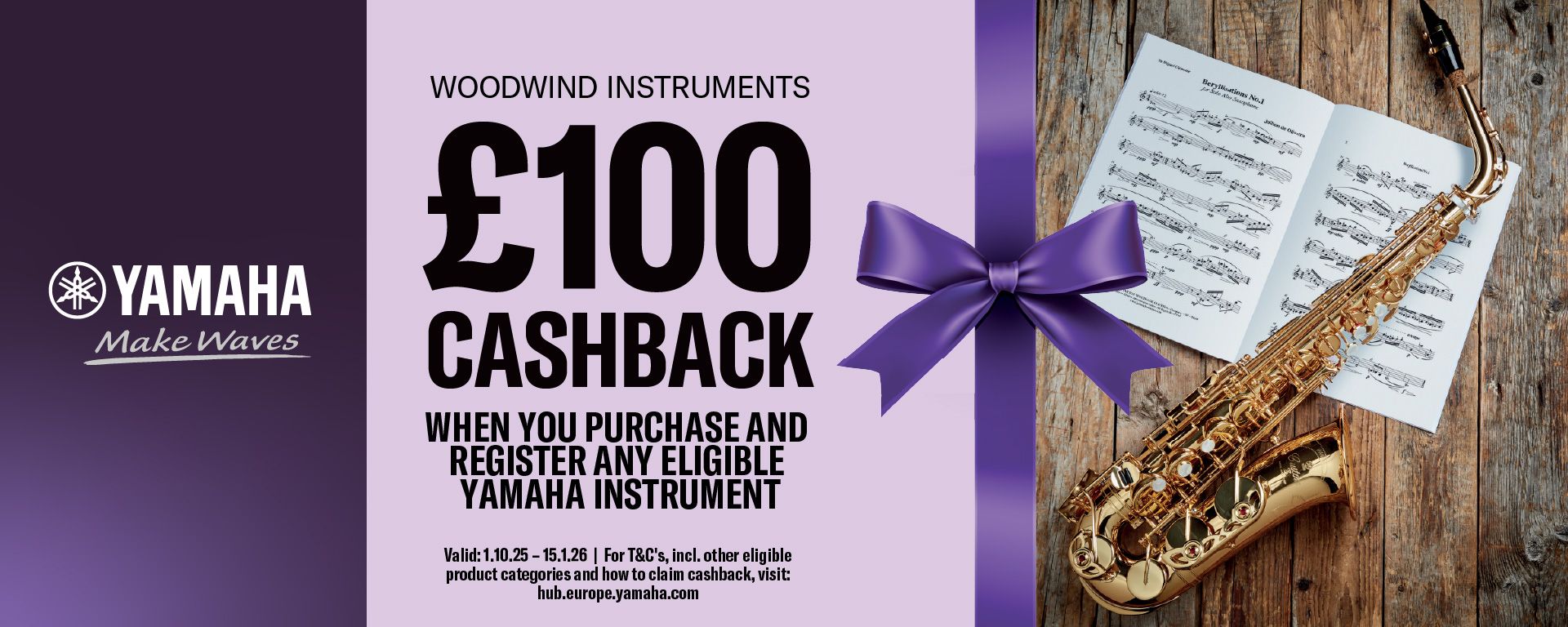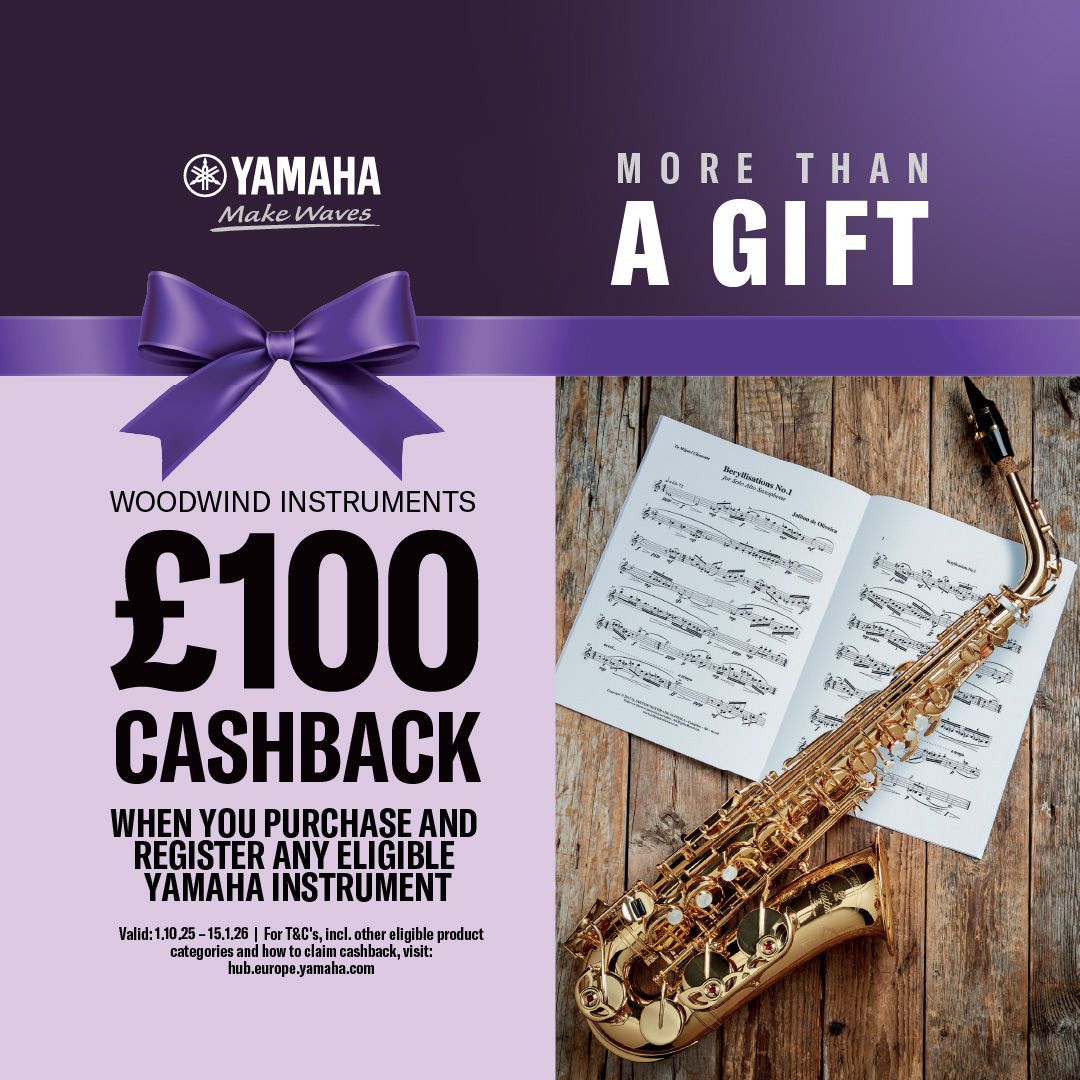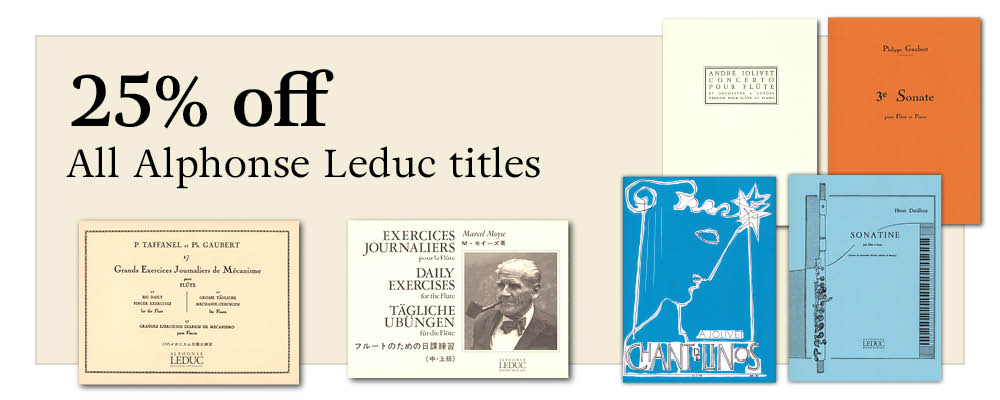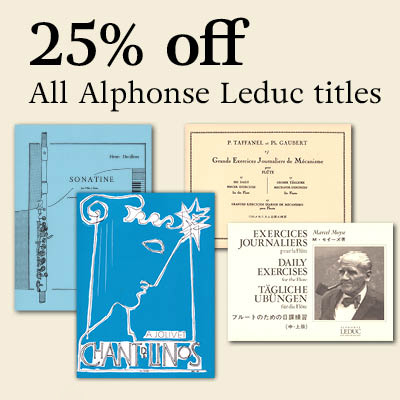Complete Sonatas for Flute and Basso Continuo, Vol 1, Wq123 and Wq124
- Highly recommended
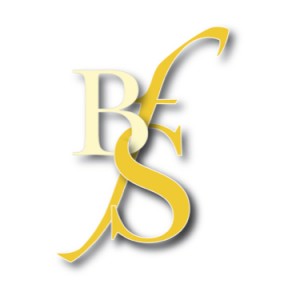
Pan - Journal of the British Flute Society
CPE Bach’s chamber works for flute include over 30 pieces, written throughout his compositional life. These two newly reprinted collections from Breitkopf & Härtel present Urtext editions of complete sets of groups of these works, edited by Ulrich Leisinger—the Sonatas for Flute and Basso Continuo and the Sonatas for Flute and Obbligato Keyboard Instrument. The first volume of each collection was provided for review.
The Basso Continuo Sonatas, of which there are eleven in total, are divided up between six volumes; this volume contains Wq 123 (G major) and Wq 124 (e minor), written in 1735 (when CPE Bach was studying in Frankfurt an der Oder) and 1737 respectively. These two early Sonatas have 3 movements, all in the tonic key, and follow a slow-fast-Minuet with variations format. It is thought that this form may have been inspired by Locatelli’s Op. 2 No. 10 Sonata, which CPE Bach used as a theme for a set of variations for keyboard in 1735 (see Leisinger’s excellent preface to the edition for further details).
The score has both a keyboard realisation (with figures provided) and a playing score for flute and basso continuo, providing a choice of approaches depending on the expertise and experience of the keyboard player. The materials are clearly presented, although the page turns in the e minor Sonata need to be negotiated while playing. These are both charming, relatively uncomplicated works, which characterise CPE Bach’s early style well. They could be tackled by intermediate players and would serve as a good introduction to historically informed performance of the late baroque style.
The Sonatas for Flute and Obbligato Keyboard Instrument are presented in three volumes, with two Sonatas in each. Volume 1 contains the Sonatas in D major (Wq 83) and E major (Wq 84), written in Potsdam in 1747/49. Both works exist in two formats; the D major Sonata was originally written as a trio for flute, violin and continuo, with the violin and bass lines later formed into an obbligato keyboard part, and the E major Sonata also exists in a version for two flutes and continuo. The written-out keyboard parts, therefore, create a trio with the solo flute, providing both a second melodic line and a bass. This is a useful consideration to take into account when rehearsing these Sonatas, in order to preserve the equality of the melodic lines.
These are more challenging for the flute player than the Basso Continuo sonatas, with the three movements in fast-slow-fast form, with a relatively extended opening movement and some technical challenges in the semiquaver passages. There is potential for ornamentation in the slow movements, and the final movements have an enjoyable dance-like feel.
CPE Bach’s Flute Sonatas in general have a lot to offer, both in terms of style and character, and deserve their place in every flute player’s music library. These editions are well produced and are faithful to the sources, making them a suitable option for anyone wishing to explore the material without too much editorial intervention.
Carla Rees
From the Publisher
Ever since the festivities for his 3rd centenary, it is manifest that Carl Philipp Emanuel Bach is not only a great name but also a great composer. Over the last decades, scholars paid more and more attention to him. Now Breitkopf & Härtel transfers his Flute Sonatas, which originated mainly during his time at the court of Frederic II., from Musica Rara to the Edition Breitkopf. For this purpose, the textual parts were translated and the volume layout was revised.
Contents
- Sonata in G major Wq123
- Sonata in E minor Wq124
Item Details
Our Stock Code: 1475579Instrumentation
- Part 1: Flute
- Part 2: Basso continuo
Category: Classical Flute and Piano Music
Publisher: Breitkopf & Härtel
Publisher's reference: EB 9346
Media Type: Paperback
Country of Origin: Germany
HS Code: 49040000
